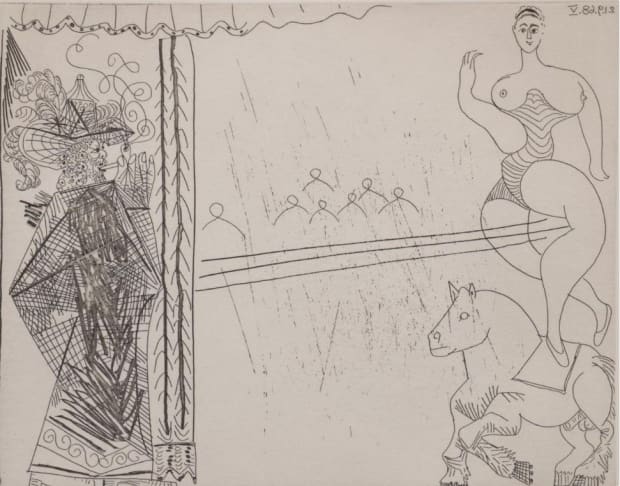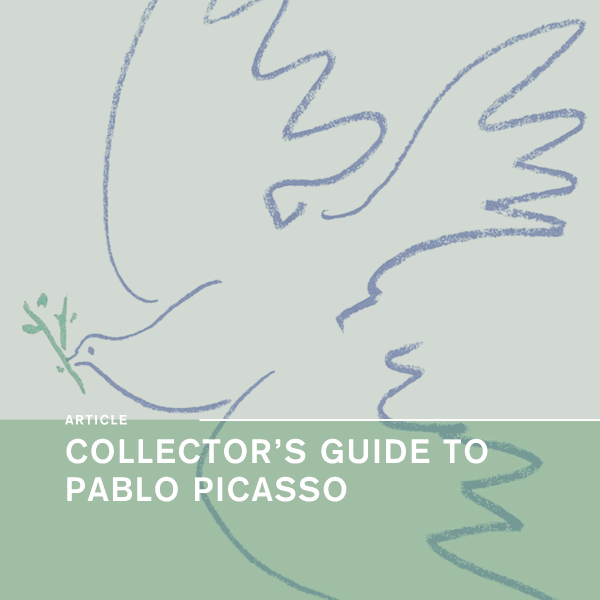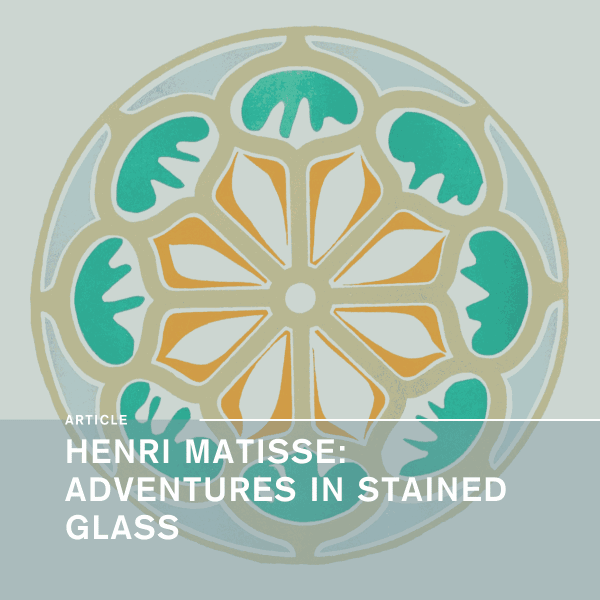-
There’s nobody quite like Picasso, and we’re extremely excited to have secured a late etching from his legendary 347 Series. This is a fabulous opportunity to add a hand-signed, museum-quality artwork by the 20th century’s greatest master to your collection.Etchings from this series are extraordinarily sought-after, and to explain why, we’d like to go into a little more detail. Read on to explore the background and significance of this stunning piece of original work…
-
-
-

-
Legacy
Upon its simultaneous exhibition in Paris and Chicago in 1970, the 347 Series was an extraordinary succès de scandal. When exhibited at the Art Institute of Chicago it was deemed pornographic, and the exhibition was closed down. When the prints were exhibited in Japan in 1973, 24 were deemed too controversial to be hung publicly, and a further 33 were displayed as retouched photographs. By that time, only a handful of the original 50 sets remained intact.
The prints were swiftly recognised as a remarkable achievement by the century’s greatest artist, and now, nearly six decades later, they remain among the most sought after of Picasso’s graphic works.
Subscribe to receive our weekly newsletter.
Be the first to know about new artwork, exhibitions, events and offers.
* denotes required fields
Sign up now to get exclusive early access to new inventory before it hits our website. As a subscriber, you'll also receive advance notice about upcoming art fairs, events, and special offers. You can read our privacy policy here.







